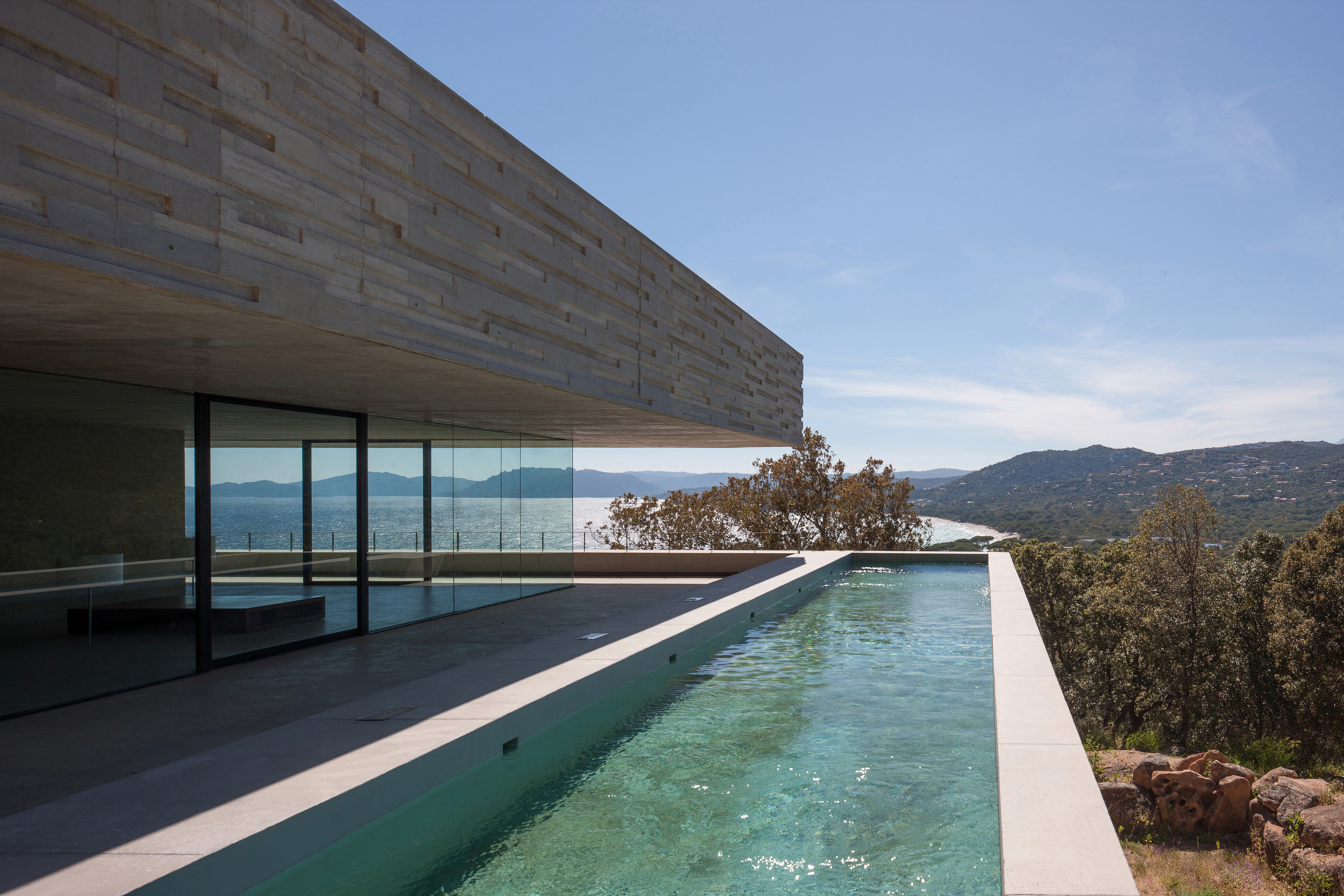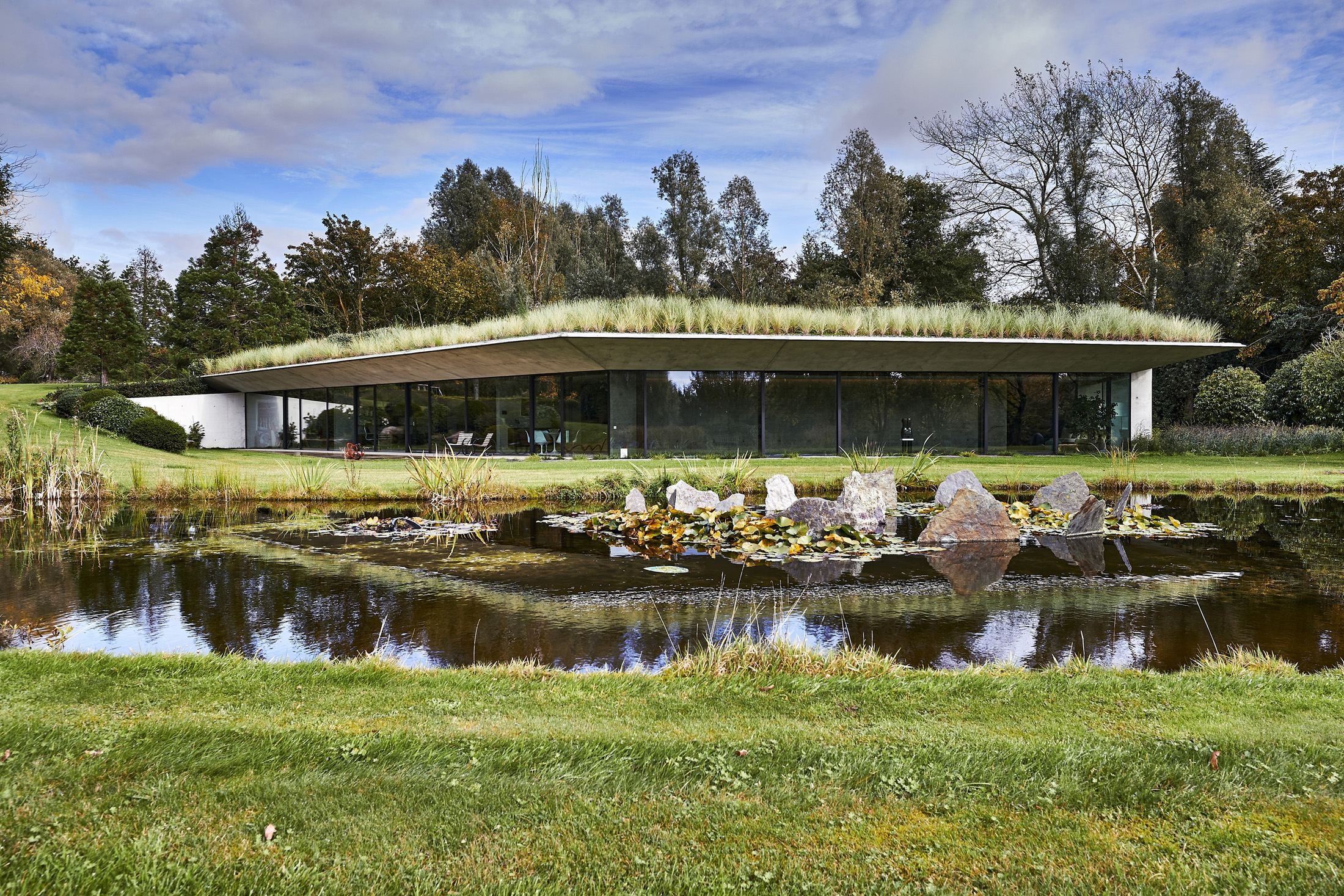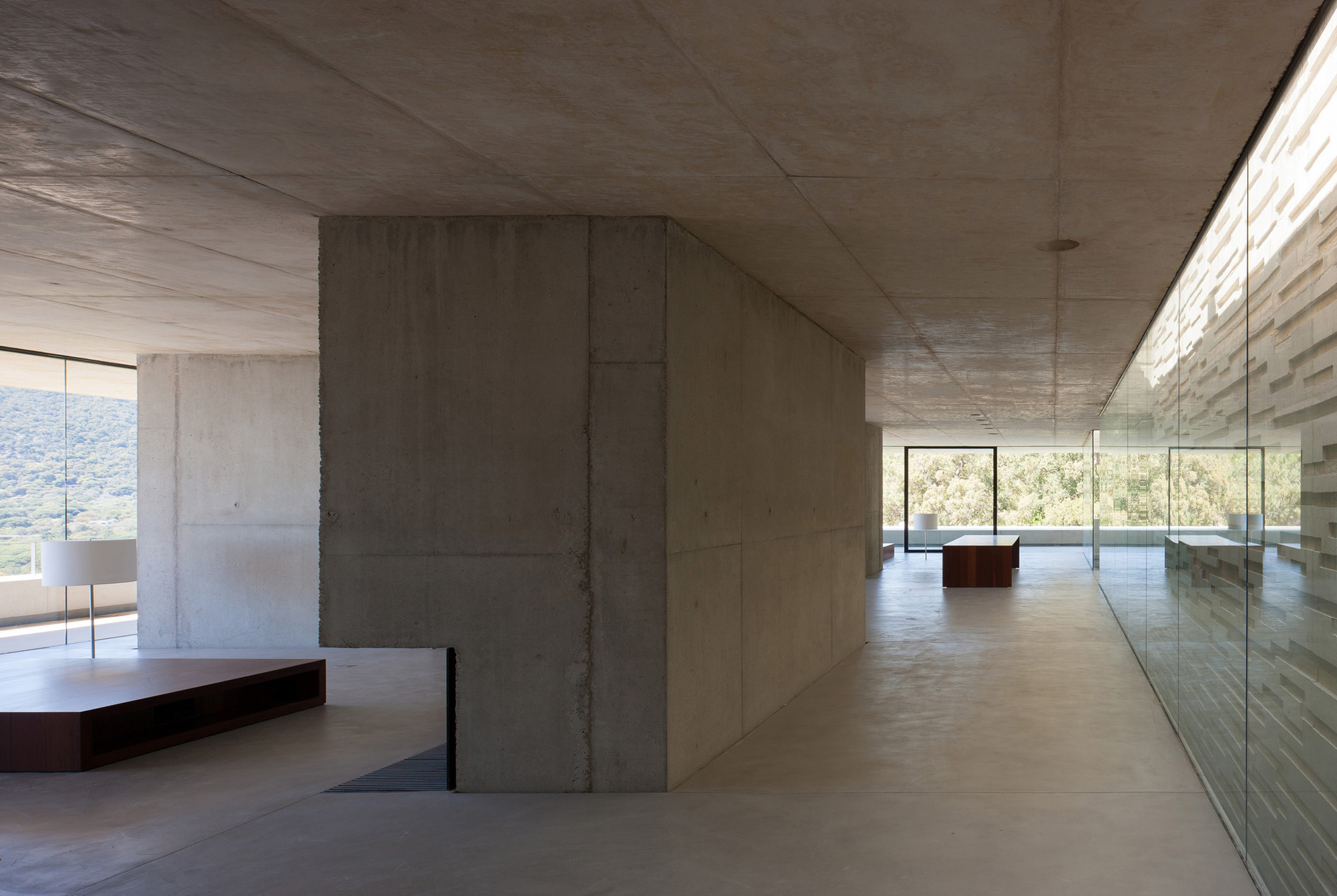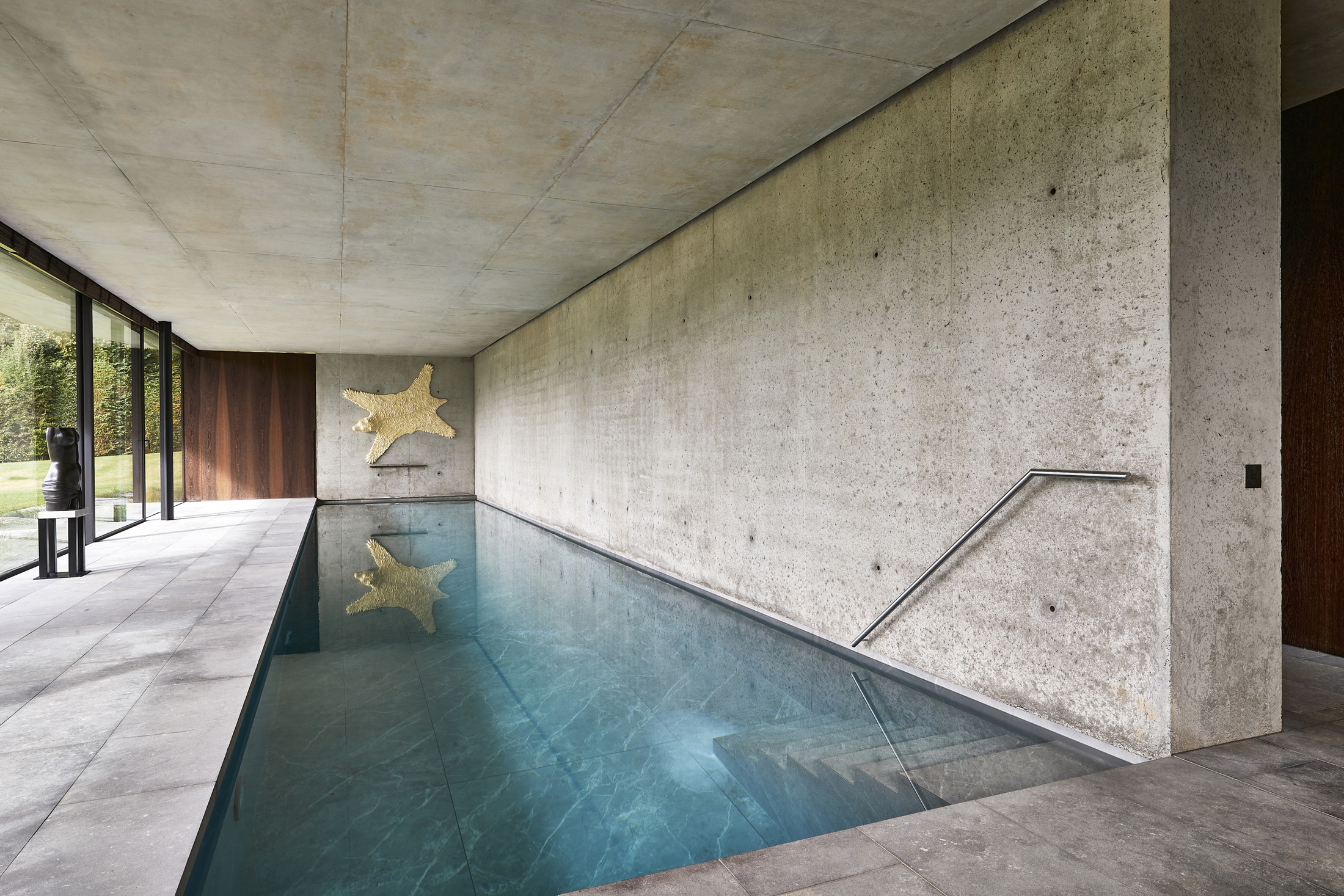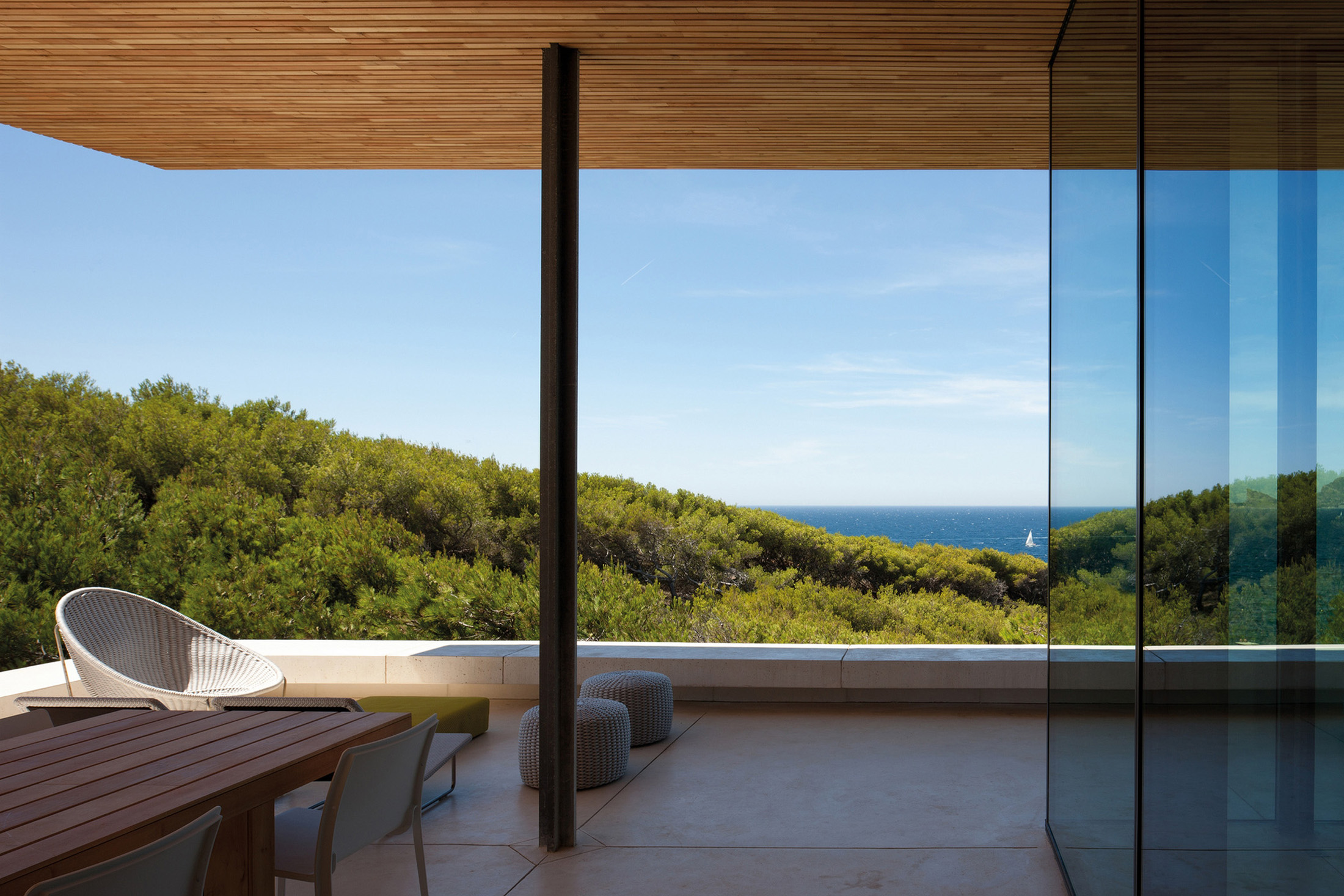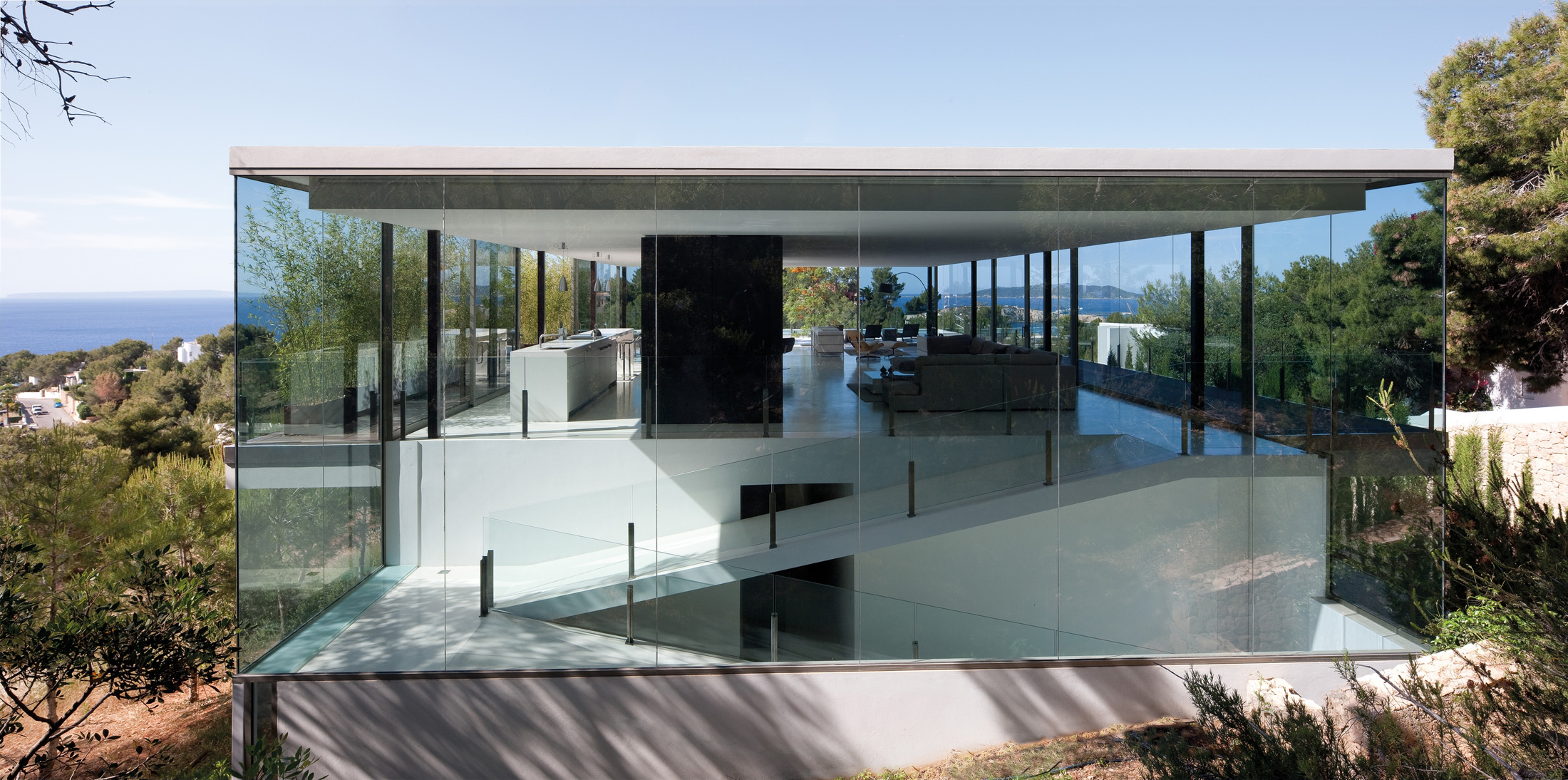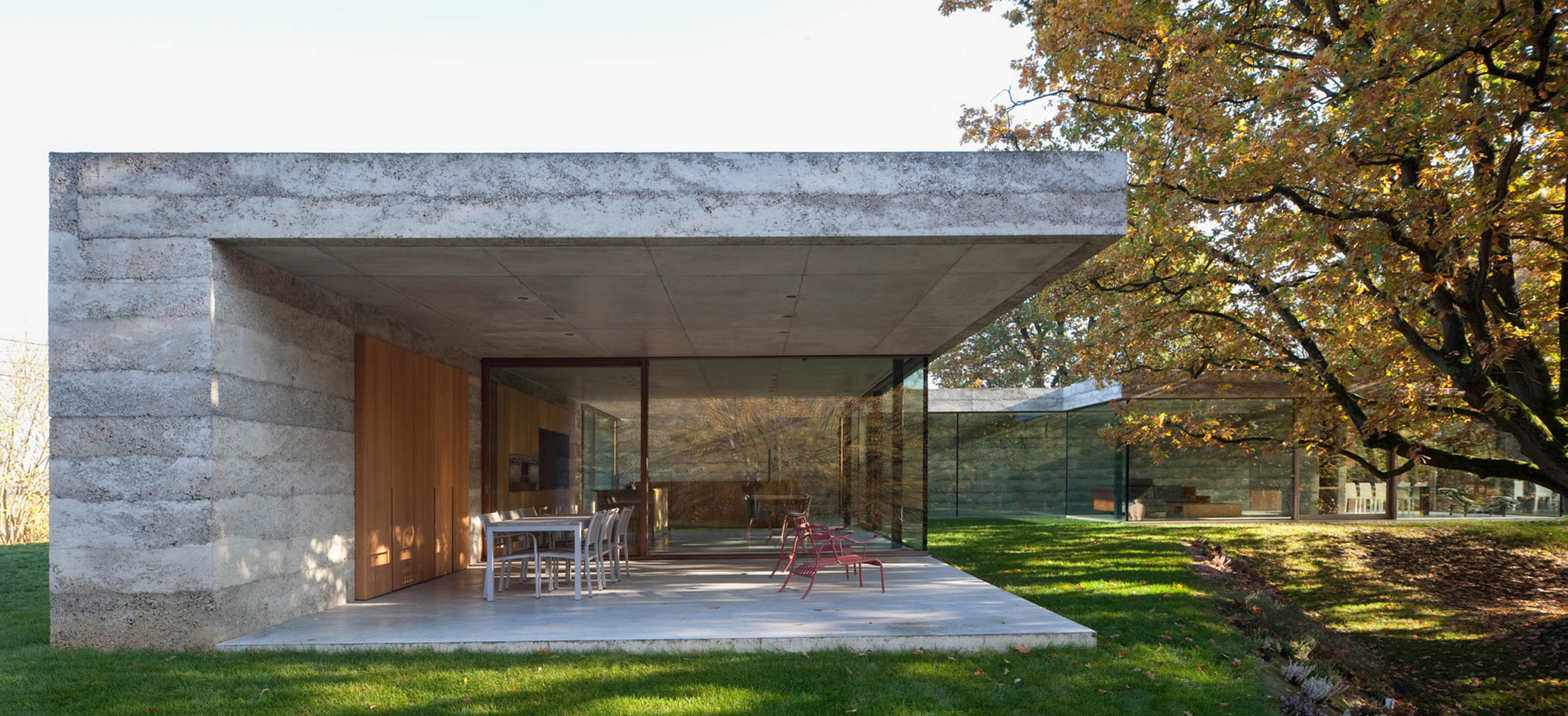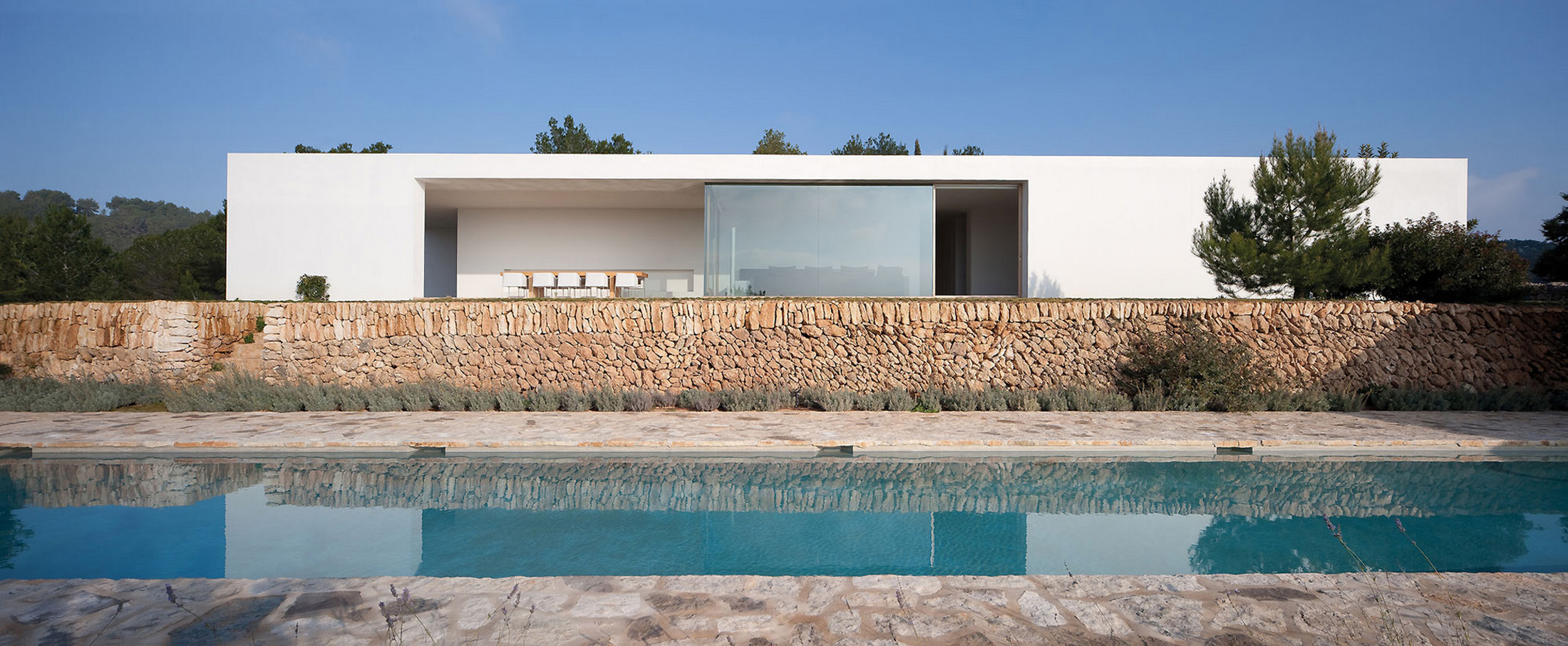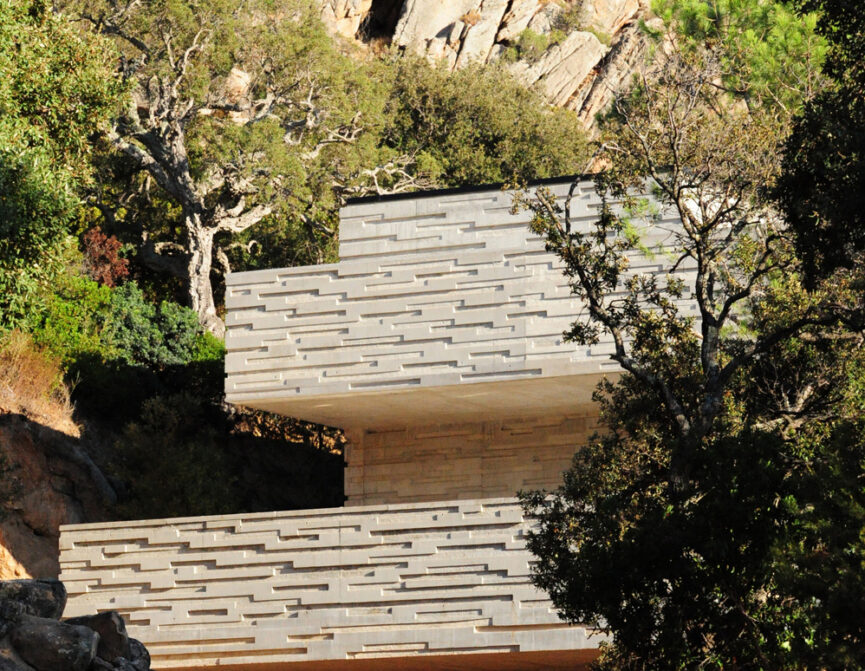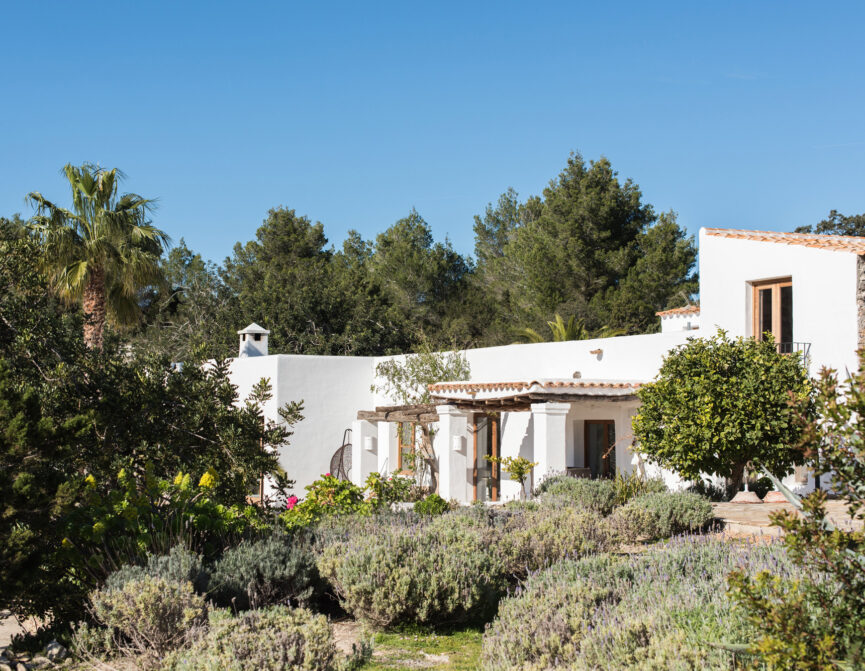One of the industry’s best modernist architects, Bruno Erpicum is a master of shape, space and simplicity. Here, he discusses the principles and challenges that motivate him.
Bruno Erpicum is a purist in every sense of the word. He has no issues with his work being pigeonholed. Inspired by greats such as Mies van der Rohe, Bruno is a true modernist who draws light and space from a scheme where it may otherwise be lost to layers, patterns and other decorative elements. He is an avid proponent of the pencil whose illustrious career has seen the rise of the machines and an explosion of interest in some of his favourite locations.
His work embodies the phrase “less is more.” Clean lines, uninterrupted by any unnecessary elements, draw from the volume and positioning of the plan. Founding his architectural firm Atelier d’Architecture Bruno Erpicum nearly four decades ago, Bruno’s work has spread out from his native Belgium to the four corners of the globe. He loves designing people’s homes and is never tired, he explains. The studio is currently working on projects in 16 different countries.
A man of an international disposition, he started out in South Africa working for Graff Krugger Architects. Following this stint, as the evolution of design pulled architects in different directions, he struggled for inspiration within his chosen style. “It was difficult to find the right way to answer what my hands wished to design,” Bruno recalls. “In ‘83 in Belgium, we had a kind of architecture which was not my cup of tea. It was not easy to find an architect which could be my reference.”

However, he was able to carve out a path within his niche. Along the way, the studio has created awe-inspiring homes that have helped further define the style. Far from designing McMansions for celebrities, Bruno’s projects are self-aware and sympathetic. He reflects on his own articulation of his core mission: “The only sentence that I know for every single building that I draw is to take out any kind of decoration for the profit of the justness of the proportions. And that’s it. That’s my life.”
Some projects have taken 15 years to complete and Bruno concedes that a large part of this is due to paperwork. This is a necessary evil when working in protected areas such as UNESCO World Heritage Sites but a small price to pay considering how pivotal landscape architecture is to the overall success of the project. “The land,” Bruno responds when asked about where he draws inspiration from. “And you. The people.”
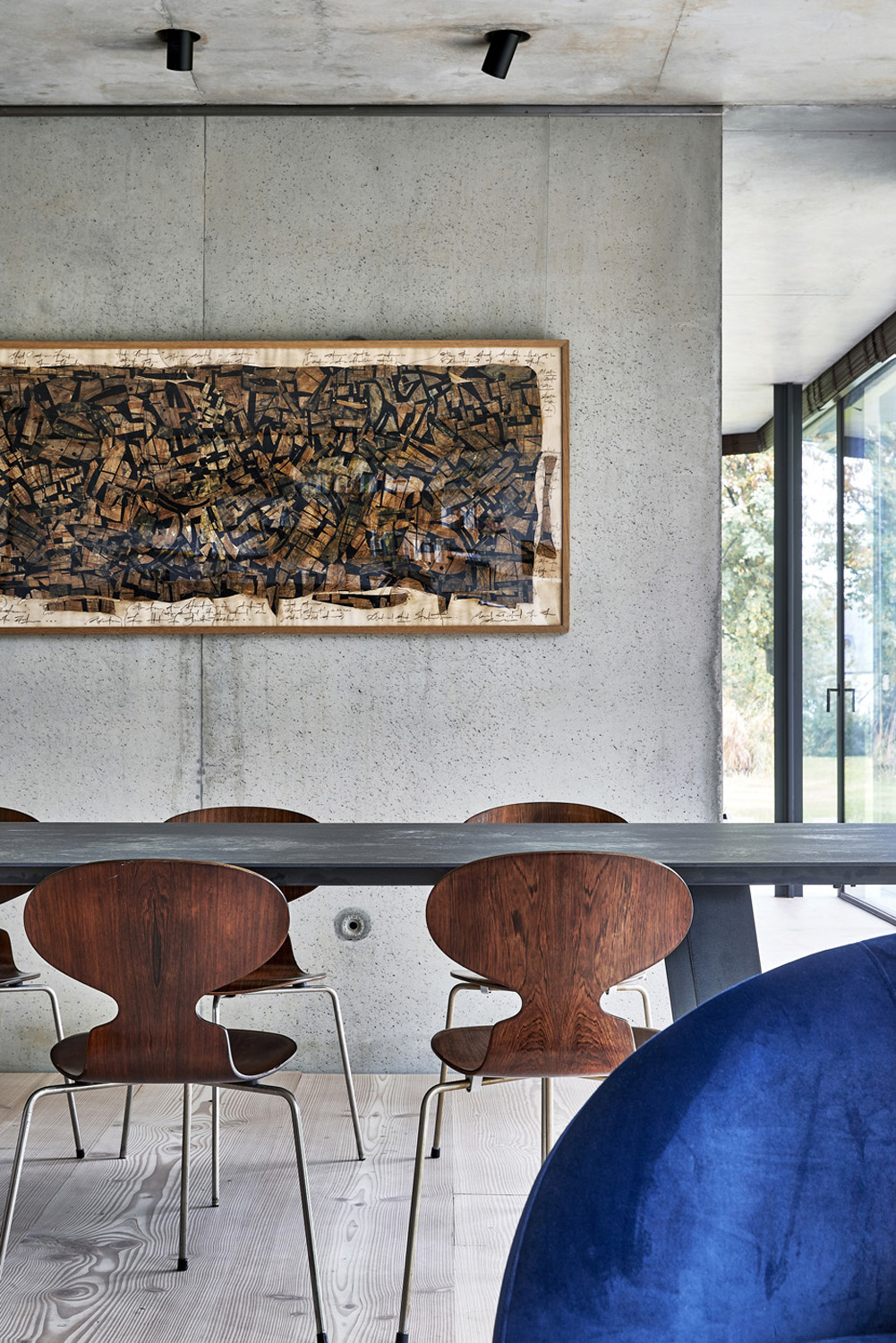

“The difficulties will give the richness of the project. If it's too easy, it wouldn't be fun.”
- Bruno Erpicum
Indeed, the studio’s projects have seen all sorts of intersections with nature. In Golf, a 2017 project in Belgium, a voluminous family home sits nestled into a slope, grasses growing on the entirety of the roof. Meanwhile, in the Spanish villa Mana, a strikingly modern and transparent house completed in 2006, trees grow directly through the concrete terrace.
But some of Bruno’s favourite projects are located in Ibiza. Indeed, even Bruno, with his stoic and determined character, feels the magnetic pull of this ineffably enchanting island. “You get off the plane, you put your feet on Ibiza, and if you close your eyes, you do not see where you are. But you will straightaway know that you’re in Ibiza.”
Bruno speaks fondly of the secrets and sequences of villa Can Furnet, Ibiza. In most cases, clients want a sea view. However, Can Furnet’s namesake location is a gated community in the luscious hills a short drive from Ibiza Town. Here, the challenge was not to create a sightline to the ocean but to envelop the home in the privacy of the tree canopy. Inspired by the work of Frank Lloyd Wright, there is a lot of compression and expansion in his work and Can Furnet is no exception: “As you go down from the street, you go down in a world which will close your reading of the space. And once you’re at the bottom of the land, you just reopen your eyes by the use of double volume for the salon.”
Speaking to the varied topography of Ibiza, Bruno explains that this project allows for a variance in the experience of the island. The beach is never far away, especially in Can Furnet, but the experience of being up in the hills and surrounded by greenery is altogether different. “To live different moments in one day. This is the spirit of the house.”
Having completed various villas on the island, Bruno has seen Ibiza evolve. “Thirty years ago, it was like working in Africa,” he recounts. The island was undeveloped but there was a good spirit, as he puts it. Furthermore, the laissez-faire nature of Ibiza in the 80s and 90s presented a wealth of opportunity without an array of planning headaches.
Much has changed and Ibiza has had to protect itself against overdevelopment. However, some things remain the same: “By working for 30 years now in Ibiza, I can tell you the quality of the human relationships with the builders and the people living there is fantastic. It’s great.” Of course, challenges are to be expected and it’s not in this studio’s ethos not to rise to the occasion. “The difficulties will give the richness of the project. If it’s too easy, it wouldn’t be fun.”
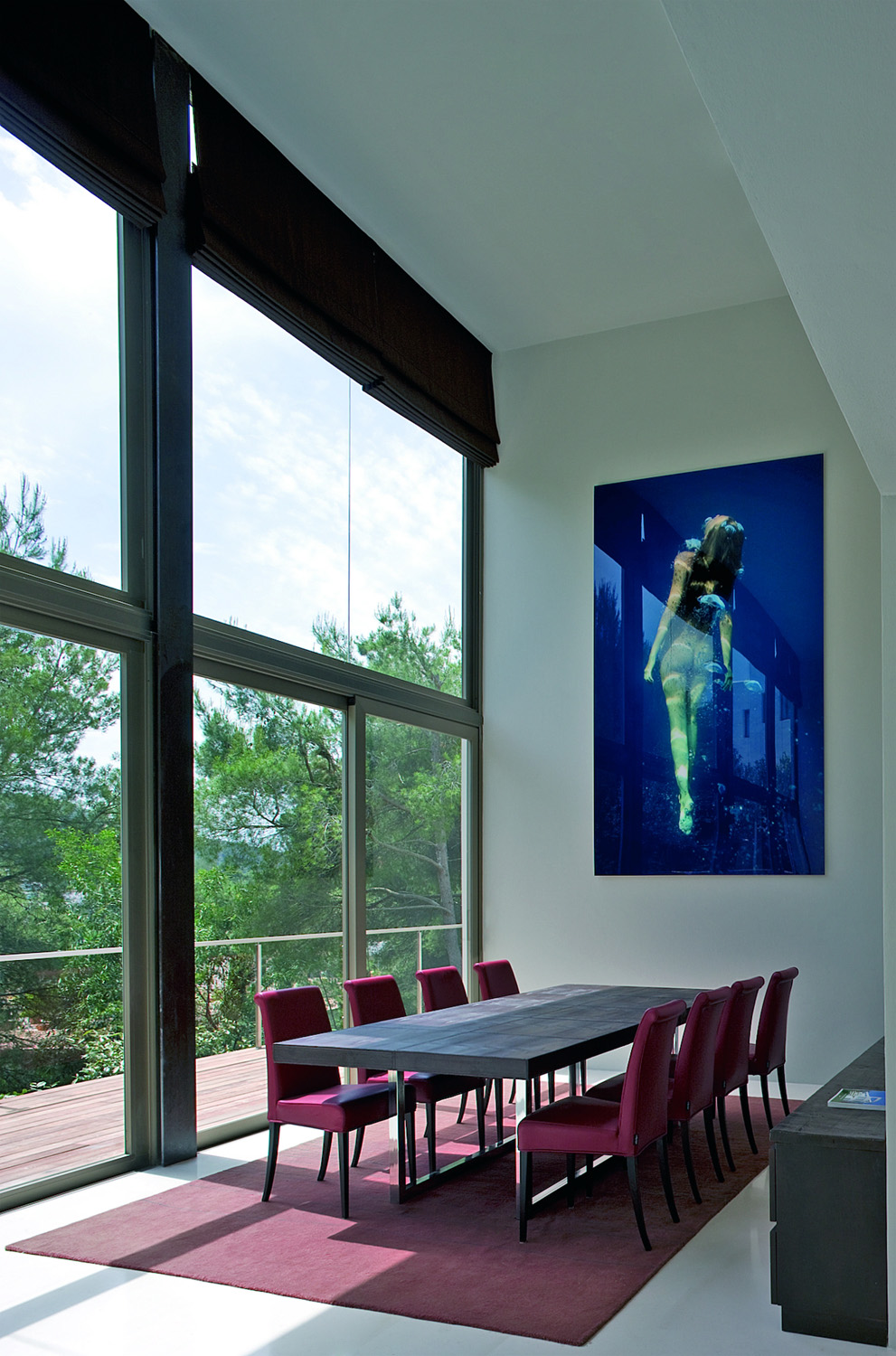
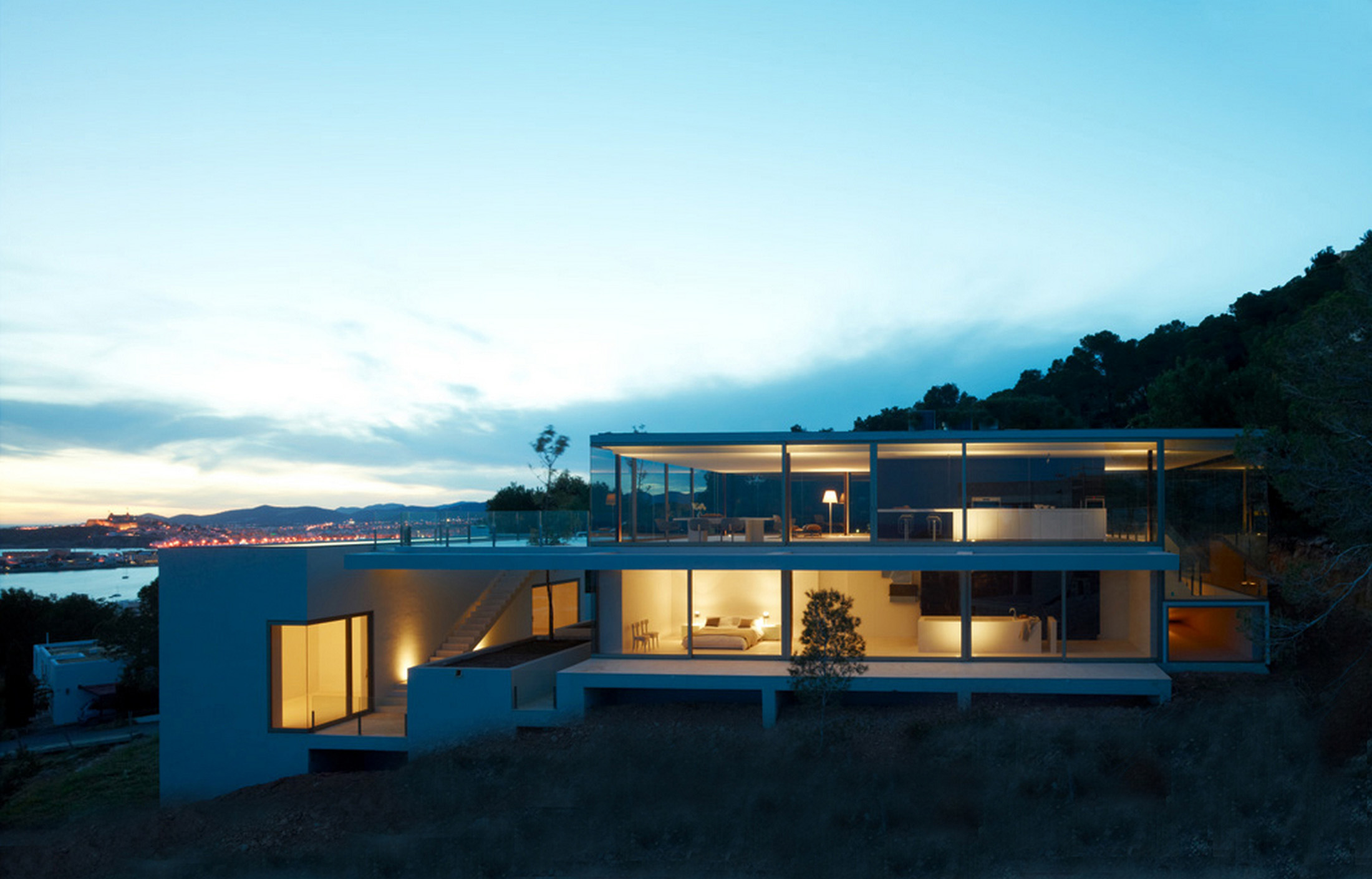
Bruno speaks with fondness of a project completed in 2009 in France called Casa Forana. Aptly responding to the scale of the landscape, it provides a reading of the environment using shapes and textures sympathetic both to the surroundings and to the inevitable weathering process. “I had to make love with the land to achieve the house,” Bruno muses.
In every case, the studio works hard to ensure that the response is appropriate. This desire to tread lightly pairs perfectly with clients who want utmost privacy. When designing a project in Greece, for instance, they were challenged to create a house which couldn’t be seen from the street or the sea. This was a difficult brief but led to an appropriate and successful design response.
In the pipeline is an Ibizan villa which has been an ongoing project since 2010. Designed using the principles of the Fibonacci sequence, it is a unique build around 100 metres long but only six or seven metres wide.
To a large extent, Bruno’s success in the pursuit of designing homes comes from his deep understanding of the people who live in them. “In Belgium, if I prepare a building for French-speaking people, it’s not the same as for Flemish-speaking people,” he explains. “And we are very close. It’s 100 kilometres.”
His emotional intelligence and understanding of different cultures has led to many happy clients – as well as great projects. Having made a significant contribution to the canon of modernism, Bruno Erpicum’s future plans are both grand and modest. “My dream is to carry on using my pencil,” he states.


